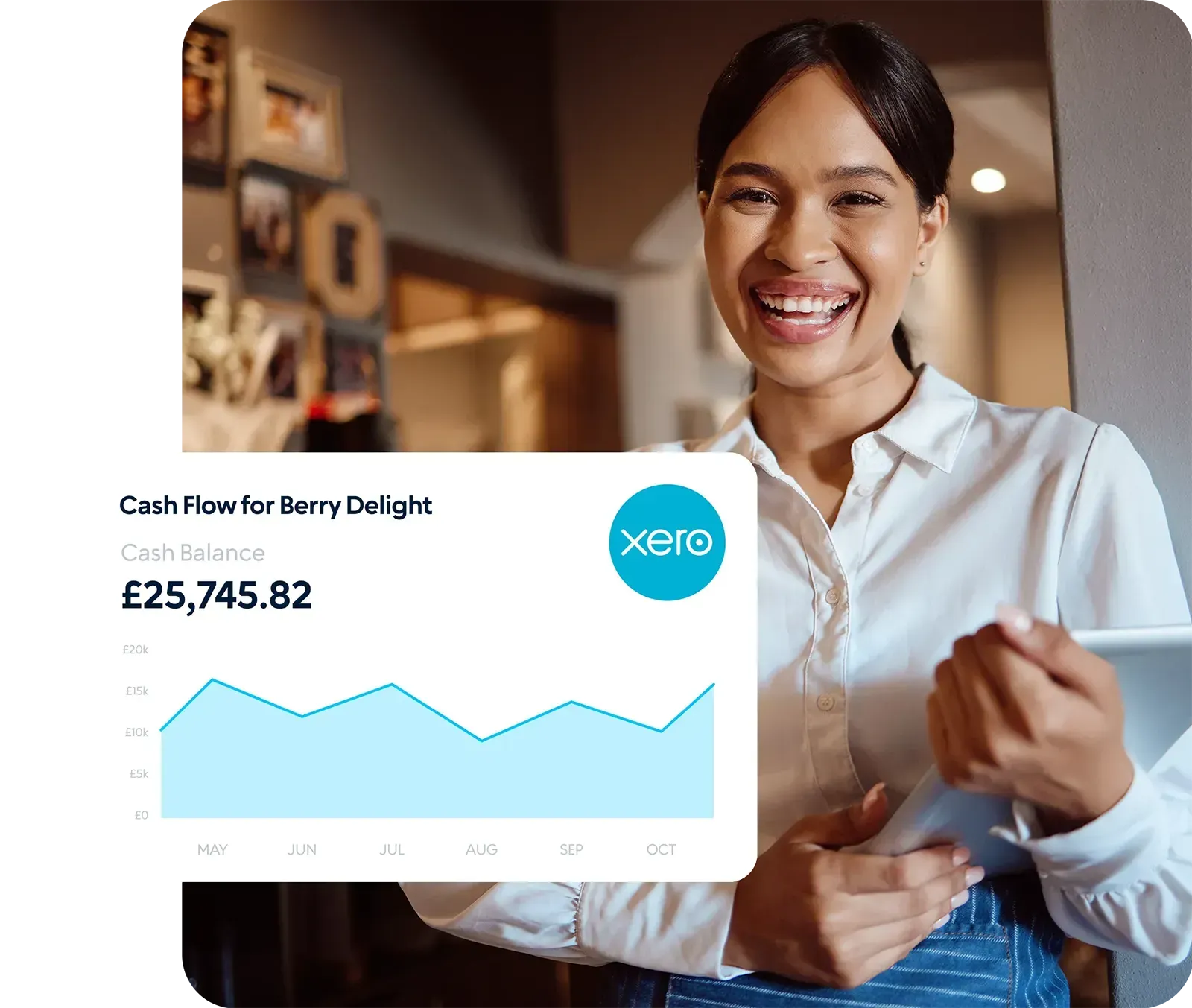By Frances Lythgoe
•
November 5, 2025
For small and medium-sized business owners, the rise of AI in tax advice and self-assessment may look like a tempting shortcut. In fact, according to a recent survey by Taxfix , 59% of UK taxpayers say they will use AI tools to help them complete their self-assessment ahead of the 31 January deadline. The appeal is obvious: speed, simplicity, and the promise of cutting out the middleman. But that convenience often comes at the expense of accuracy and context. That leads us to why you should not rely on it for full tax advice, especially in the kinds of scenarios we commonly deal with. Why you should avoid relying solely on AI for tax advice 1. Tax is inherently complex and context-dependent No two businesses are the same. You may have a mix of income streams, directors’ salaries, dividends, or property income to consider. A generic AI tool may provide plausible general statements, but it cannot dig into your business structure, uncover hidden reliefs, or spot risks that could make a real difference to your bottom line. 2. AI can hallucinate or misapply rules AI tools generate responses based on patterns, not verified UK tax law. There are documented cases where AI has “invented” legal examples or misapplied regulations. What looks accurate on screen may in fact be misleading or out of date, leaving you exposed to penalties or missed opportunities. 3. AI advice tends to be generic, not bespoke AI tools are good at explaining standardised concepts, such as what counts as an allowable expense or how to complete a tax return. But every business is different. A human adviser can ask you: “Are you taking dividends at the right time? Should you consider company pension contributions? How can you manage your VAT more efficiently?” and then tailor the advice to your goals. AI cannot replicate that level of understanding. 4. Regulatory and compliance risk remains high Mistakes in tax returns expose you to HMRC queries, penalties, and unnecessary stress. Because AI lacks accountability and often overlooks nuance such as timing of payments, capital allowances, or sector-specific reliefs, relying on it increases your risk. A qualified accountant ensures compliance and protects you from costly errors. 5. The value of human oversight and advice adds much more Beyond the filing itself, a human tax adviser brings insight and strategy. Long-term planning, showing you how to structure your finances for stability and growth. Sector-specific knowledge, identifying the allowances and opportunities relevant to your business. Relationship-based support, understanding your goals year after year and guiding you through change. Practical experience, knowing what HMRC focuses on and helping you prepare. What should you do as a business owner? Here is a practical framework you can adopt now: Use AI tools only for simple administrative tasks such as gathering receipts, checking deadlines, or summarising basic information. Never treat AI output as professional advice. Always have your accountant review anything AI produces before acting on it. Discuss your situation with your accountant before using AI. Let them flag where bespoke advice is essential. Keep clear records of decisions and unusual transactions. Accountants can turn these into meaningful tax strategies. AI cannot. After filing, review the results and plan ahead with your accountant. Use AI for reminders, but rely on your adviser for context and accuracy. Why working with us makes sense At Navigate, we understand the challenges of managing cash flow, staying compliant, and building financial stability. We bring: Experience across multiple industries, knowing what matters most to business owners. Strategic insight, helping you save tax and plan for the future. Personal service, taking time to understand your goals and challenges. The right balance, using technology to support efficiency but applying human judgement where it matters. In summary AI is undoubtedly a useful tool in modern tax preparation. It is fast, accessible, and increasingly part of how people handle their finances. However, business tax is rarely simple. AI can miss key details, provide incomplete advice, or fail to tailor its recommendations to your business. That is where a human tax adviser adds real value. If you are considering using AI for your tax return, do so with the awareness that it should complement, not replace, professional advice. To work with us, call our team on 01709 589 439 or book a discovery call with Frances . We are always happy to help.












